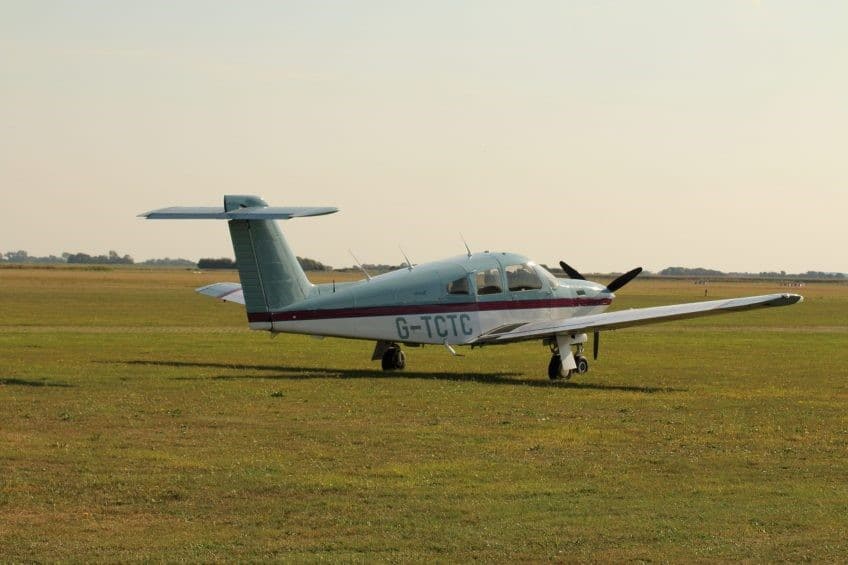Only One Policy Limit for Mid-Air Collision
Aviation AccidentIn the case of Perry Hodges, Jr., et. al v. Aurora Cecelia Scarpati Ripalda, et. al, (Fla. 4th DCA March 24, 2021), Florida’s Fourth DCA held that a mid-air collision was a single occurrence and that only one policy limit applied to the aviation accident at the flight school.
Basic Facts
This case tragically involved a mid-air collision at a flight school in Florida. In a nutshell, two of the schools airplanes collided in mid-air, resulting in wrongful death claims under Florida law.
The flight school had fifty-one aircraft that were all listed on the same insurance policy with coverage limits of $100,000 per person and $1 million per occurrence. The insurance policy listed all fifty-one aircraft and the policy limits were re-stated fifty-one times as would be standard practice in the insurance industry.
The trial judge found that there was $2 million in total coverage finding that each airplane was subject to $1 million in coverage per occurrence. However, on appeal, the Fourth DCA held that that unambiguous language of the policy provides only a maximum of $1 million in coverage due to any single accident.
The Policy And Its Interpretation
The relevant limiting policy language stated the following:
Regardless of the number of Insureds under this Policy, persons or organizations who sustain Bodily Injury or Property Damage, claims made or suits brought on account of Bodily Injury or Property Damage, or Aircraft to which this Policy applies, our liability is limited as follows:
Coverage D – Our total liability for all damages, including damages for care and loss of services, because of Bodily Injury or Property Damage sustained by one or more persons or organizations as the result of any one Occurrence shall not exceed the Limit of Liability stated in the Declarations as applicable to “each Occurrence”.
There was no argument that the accident constituted more than one occurrence and the parties actually agreed that the collision was only one occurrence. Therefore, this appears to have been an easy case for the Fourth DCA to decide.
With that being said, it is important to note that the language above means that there is a $1 million per occurrence coverage limit (regardless of the number of claimants) for any single accident. This would apply even if there was an accident that took out all 51 airplanes.
For there to be more coverage, there would have to be two separate and distinct accidents (unrelated). For instance, if there were mid-air collisions on two separate days in a row, then it is hard to argue that there are not two separate occurrences, each both subject to the $1 million per occurrence limit.
In Florida, insurance policies are examined by the courts in a dispute as to whether there is any ambiguity as to what is meant by the policy. If there is no ambiguity, then the policy language is enforced as written. On the other hand, if there happens to be an ambiguity (as seen in the eyes of the courts), then the benefit of the doubt generally goes to the claimants and the ambiguity is construed against the insurance company.
Talk To A Florida Personal Injury Lawyer About Your Case
If you have questions or concerns about how the insurance policy applies to your personal injury case, you should ask an attorney with Russo Law. We offer a free consultation to determine the potential value of your personal injury case. Call a Florida personal injury attorney today to schedule your free consultation.

